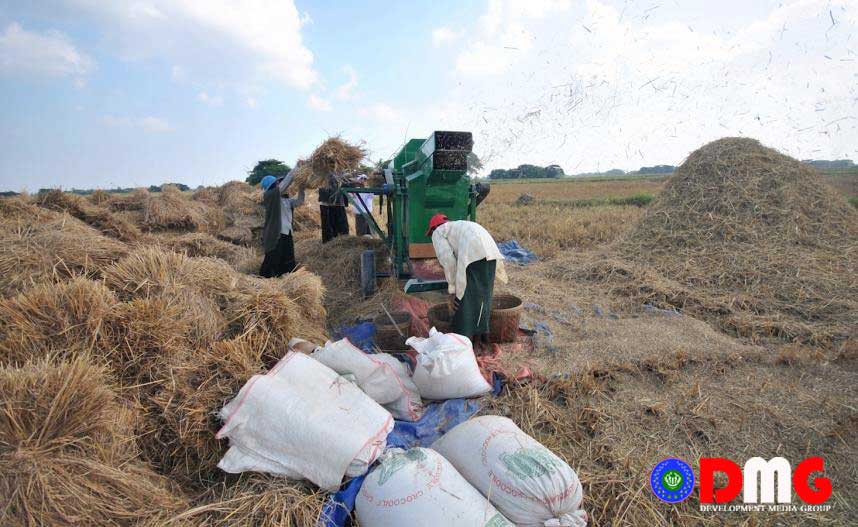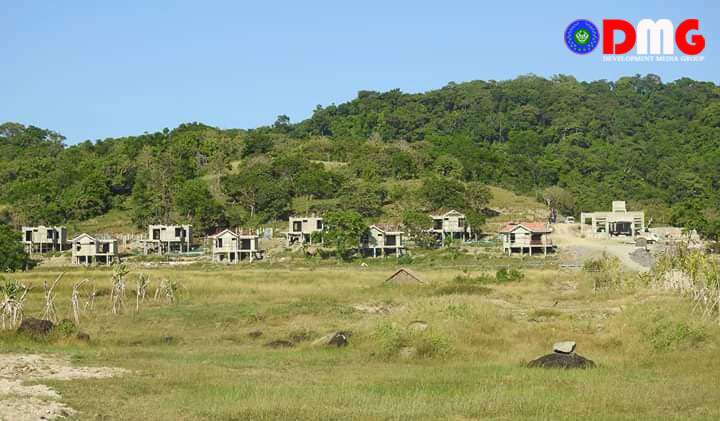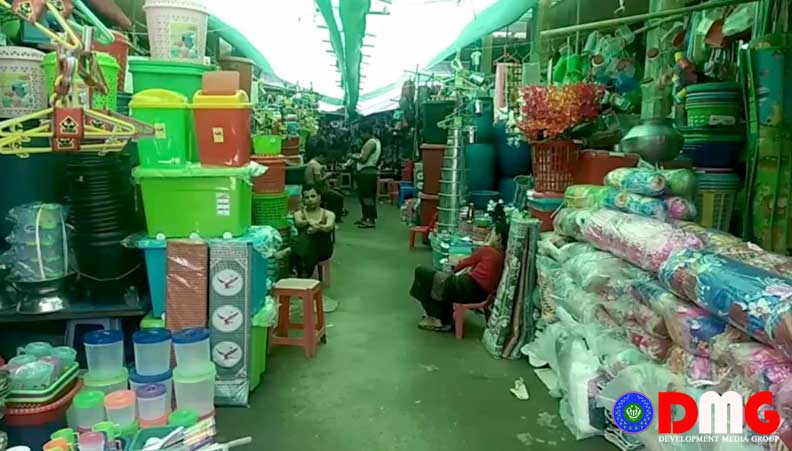- Junta unable to hold elections in dozens of wards and village-tracts in Sittwe, Kyaukphyu
- Fighting escalates between Myanmar military, Arakan Army in Ayeyarwady Region
- Regime steps up civilian arrests in Sittwe
- ULA safeguards Mrauk-U's ancient heritage
- Arakan on the Edge: What the DMG Landmine Impact Report Reveals About Myanmar's Deepening Humanitarian Crisis
Bangladesh’s Policy Toward the Muslim Crisis: Time to Rethink
10 Jan 2024
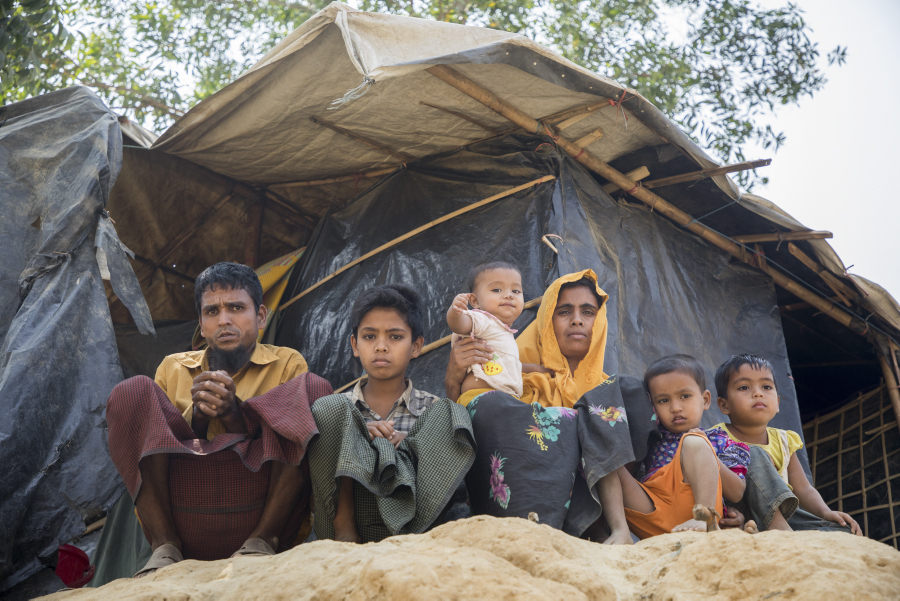
Written By Kraing Moe Satt
Over many decades, the boundary line between Bangladesh and Myanmar has been an area of instability, transnational crimes, and forced displacement of the Muslims population, etc. The People’s Republic of Bangladesh herself has faced constant political turmoil, extreme poverty, climate disaster and the threat of extreme political ideologies since her independence in 1971. The current political instability taking place at the centre of the country’s national politics is not merely how to govern but who should govern the country. Weak internal cohesion resulting from a relatively immature democratic culture also caused Bangladesh’s foreign policy toward Myanmar, a country on its eastern doorstep, to have more loopholes and deficiencies in trying to understand the very reality of Myanmar politics, especially the attitudes of the Myanmar military generals who currently hold power in the country.
It seems the grand foreign policies of both Myanmar and Bangladesh toward each other have mostly been ‘reactive’ in the past. From the perspective of triangle inter-state relations, the relations between the two countries have mostly been ‘conflictual’ rather than ‘cooperative’ and ‘competitive’. The core issues of mutual foreign relations are mostly the Muslim refugee crisis, drug and human trafficking, and a number of other border security and transnational crimes, etc. The border trade of Myanmar with Bangladesh is the lowest among other neighbouring countries such as China, Thailand, and India. Since liberal economists might argue that ‘economic interdependency’ is the key to reducing tension and unhealthy relations between the two states, the true story in the relations of Bangladesh and Myanmar needs to start with the question of why there is less economic interdependence and trade cooperation between the two countries.
The Reality of Myanmar Politics
The mainstream politics of Myanmar have been centred on two key factors, ideology and identity, for many decades. Thus, the independence of Myanmar in 1948 was accompanied by the outbreak of civil war between the socialist Bamar central government and the communist Bamar rebels (Burma Communist Party aka BCP being the strongest and longest) on the ideological front while minority ethnic nationality insurgents such as the Karen also fought against the central Bamar authority.
However, after the military coup in 1962, General Ne Win installed a mixed ideology of Socialism, Buddhism and Nationalism under the rule of ‘the Revolutionary Council’ and later, in 1975, under one party called the Burma Socialist Program Party (BSPP). But the decline of Myanmar’s economy under this system caused the country to enter into the list of ‘least developed countries’ in 1987. With the fall of communist and socialist ideologies near the end of the Cold War, both the ruling party and rebel communist front fell in 1988 and 1989 respectively.
There are religious and nationalistic identities that have been continuously maintained and promoted by the successive military governments until now. With the rise of liberal democratic politics under the National League for Democracy (NLD) since 1988, the Myanmar military as a government considers religious and nationalistic sentiments as the key ingredients of legitimacy for its consistent hold on power.
Being ethnic Bamar and religiously Buddhist is the key to achieving power both within the military and governmental institutions, too. For many decades, the military governments have shaped the country’s policies in line with this formula. Thus, the rule of the NLD from 2015 to 2020 is just a short democratic experiment amidst a long, military-imposed authoritarian rule. Some observers might wonder if the NLD is a pro-liberal democracy and human rights party, and why the government under Daw Aung San Suu Kyi failed to hinder the mass exodus of the Muslim population into Bangladesh in 2017. The true answer lies not in political ideology but in national identity construction.
Hierarchy of Identities in Myanmar
Myanmar is a multi-nations state, and it has also been constitutionally recognised by the governments and military of the country. However, the official ‘ethnic collection’ of the government is quite controversial as there are no uniform relations among the diverse ethnic groups in the country from anthropological and linguistic perspectives. For instance, the term ‘Myanmar’ is defined as the collective national identity of eight key ethnic ‘tribal groups’ (myo-nwe-zu) such as Kachin, Kayah (Karenni), Kayin (Karen), Chin, Mon, Bamar, Rakhine (Arakanese) and Shan.
Consider ‘Wa’ and ‘Ta’ang’ ethnic groups: They are categorised as members of ‘Shan tribal groups’ but in reality, Wa and Ta’ang ethnic people are culturally and linguistically more akin to Mon. A similar story goes on for the ‘Khamei’ ethnic group as they are categorised under the title of ‘Rakhine tribal groups’ despite their cultural similarity with Chin ethnic people. Thus, it seems the official ‘ethnic collection’ in Myanmar is based on ‘geography’ rather than ‘culture’.
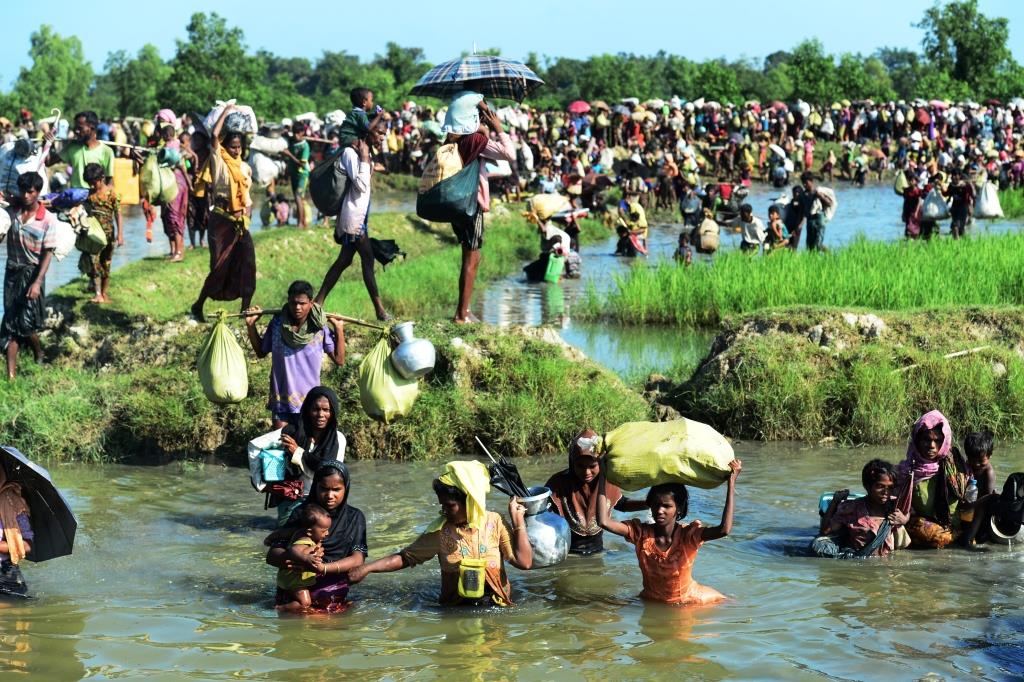
Nevertheless, the de facto policy of ‘national building’ or ‘national identity construction’ in Myanmar politics extends beyond all these categorisations. As discussed above, being ‘Bamar-Buddhist’ is the first rank while being ‘non-Buddhist Bamar’ is second. However, there is a negligible size of the non-Buddhist Bamar population in the country. And, in the third category, non-Bamar but Buddhist groups exist. In this category, major ethnic groups like Shan, Rakhine and Mon are the main candidates in the national identity construction.
Then, under the fourth category, non-Buddhist and non-Bamar, indigenous groups such as Kachin, Karen, Chin, and Karenni (Kayah) are the key candidates. Finally, in the fourth category, the Indian, Chinese and Bengali immigrants who are neither Bamar, Buddhist, nor indigenous to the land, are considered to be in the fourth layer of the national identity. Thus, it can be assumed as the de facto policy of nation-building persuaded by the traditional military leadership in the country since the first military coup in 1962.
The in-depth acceptance of Myanmar’s military leadership can be described as a ‘siege mentality’ in which Myanmar as a country is being surrounded by two giant Asian powers, namely China and India, its past traditional enemy Thailand, and the densely populated nation of Bangladesh (and also tiny Laos). At another inner layer, there could also be an assumption that the ‘Bamar ethnic group’ mainly situated along the lowland Irrawaddy River valley is being surrounded by other non-Bamar ethnic groups geographically. From this position, two situations caused to emerge such as ‘the Bamar position’ being in the centre and other non-Bamar groups in the periphery, (centre-periphery relations) and the non-Bamar groups as a buffer entity in countering the challenges and threats from other surrounding countries (buffering threat).
For the first idea, the concentration of power and resources at the Bamar heartland areas and institutions is the key strategy to implement these relations. And, in the second case, the notion of identity hierarchies is applied to curtaining the threats. Therefore, even if the question of the Bamar-Rakhine relations originates from the ‘centre-periphery relations’, the problem of the ‘Muslim crisis’ is viewed by the Myanmar military generals as a threat to the very life of its national identity construction and thus, Rakhine as a territory or population becomes the buffer.
Muslims as a Threat; Rakhine as a Buffer
The conventional Myanmar military leadership perceives the ‘Muslim’ not as a separate group of around 1 million people being subjected to extreme poverty and discrimination but as a part of a bigger 160 million Bangladeshi population or more than 200 million Bengali speakers or more than 1 billion global Muslim community. Therefore, the threat perception by the military leadership is a mixture of both population volume and religious Islamisation.
On the other hand, Rakhine ethnic people are mostly regarded as the ‘small brothers’ of the bigger Burman ethnic family based on religious and cultural similarity but only recognised as something ‘inferior’ to the Bamar group. More importantly, it is a popular view in Myanmar state-nationalistic or Bamar ethno-nationalistic circles that Rakhines are the protectors of the ‘Western Gate’ of Myanmar from the Bengali-Islamic invasion, and thus, worthy of recognition for this task.
Traditional Rakhine Buddhists have also viewed the ‘Muslim’ as a threat to their existence and perceived the Myanmar military as the only alternative to hinder it. However, this perception has been largely changing with the recent rise of the United League of Arakan/Arakan Army (ULA/AA) as they now have a better alternative and saw the horrific atrocities of the Myanmar military during the armed conflicts. The ULA leadership themselves has promoted the idea of social cohesion, harmony, and equality among all groups in Arakan.
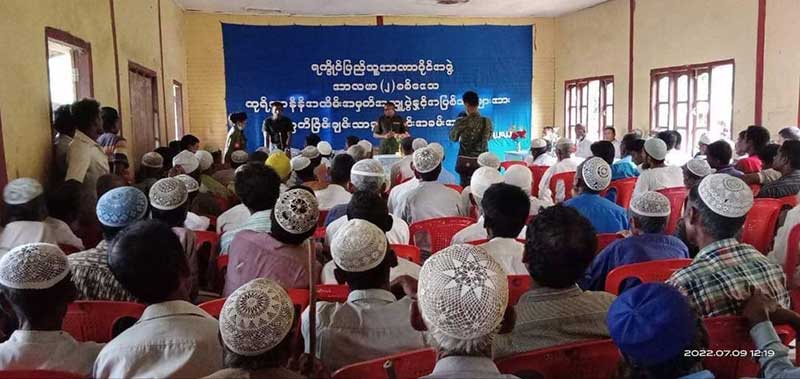
Still, the policy of the Myanmar military leadership to use ‘Rakhine’ as a buffer zone is not changing. Bangladesh’s policy of repatriating around 1 million Muslims into Arakan is almost impossible until the Myanmar military has control of the border areas including Rakhine State. The current policy of Bangladesh toward the Myanmar military leadership also seems to be in dilemma, meaning the country helping the international pressure mechanisms such as the International Court of Justice (ICJ) and International Criminal Court (ICC) but also trying to build trustworthy relations with military generals. But the first policy of the Dhaka government contradicts the second one and thus, is less likely to achieve it. It is also incorrect to assume it as the ‘carrot and stick’ strategy because the Dhaka government simply does not have the carrot for the Myanmar generals. Rather it would be more appropriate for Bangladesh to deploy a ‘power leverage strategy’ when the Myanmar military is currently at the weakest moment of their existence.
In a nutshell, it also seems that the Dhaka policymakers still do not have an outstanding formula on how to play between the three key stakeholders such as the junta government, the ULA, and the National Unity Government (NUG) with regard to the refugee repatriation issue. From a pragmatic perspective, junta and ULA authorities are the two critical actors in Arakan given the NUG’s lack of de facto control and authority over the Rakhine’s territory and population. For the junta authority, the Muslim issue is never a national political priority as they have other key political agendas such as the restoration of nationwide peace and stability, democratic transition and socio-economic development.
Changing on-the-ground realities requires flexibility in the foreign policy of Dhaka. Both China and India realise the phenomenon that Myanmar has more than one power centre, thus the implementation of its external national interests needs pragmatic and constructive coordination with the ULA/AA in Arakan. In this scenario, it is critical to understand that finding a sustainable solution for the Muslim crisis needs a ‘structural change in power’ in the region of Arakan.
■ Kraing Moe Satt is an independent analyst in Myanmar writing about peace, democracy, and community relations.
















